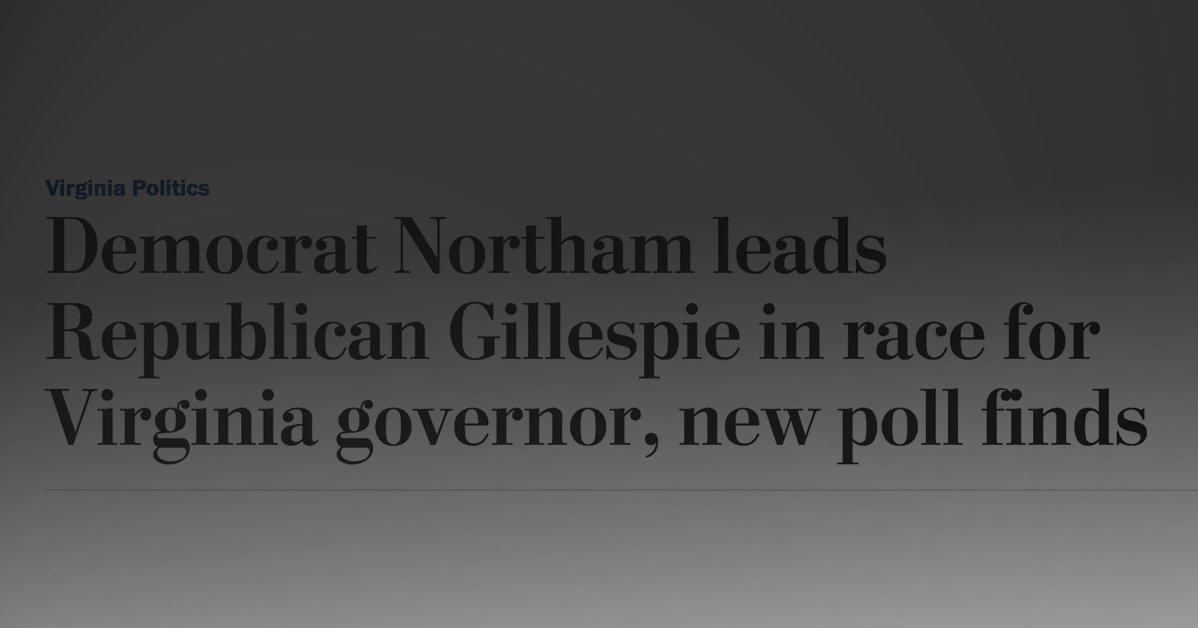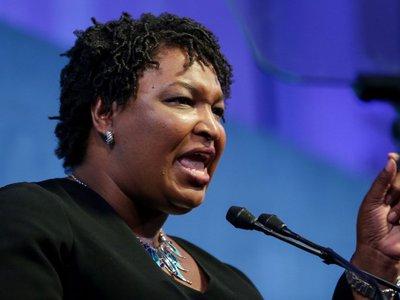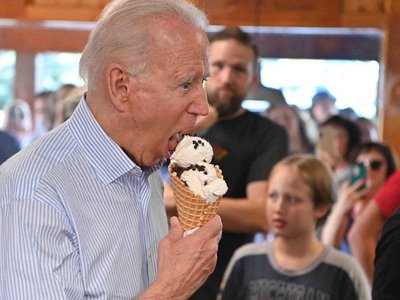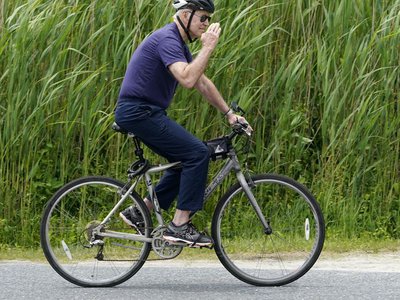This morning, the Washington Post released their semi-annual erroneous poll in the Virginia governor’s race, showing Democrat Ralph Northam with a questionable lead while nearly all other recent public polls put the race at statistical dead heat. But this is not the first time a Washington Post poll has severely missed the mark in Virginia. The Post has a history of releasing polls that overestimate Democrat support and mislead voters about where the race actually stands. It’s almost as if they have an agenda in trying to shape a race rather than report on it.
As this memo details, the Washington Post poll uses many questionable methods in their survey that simply makes it unreliable. The Post has a history of missing Virginia races, using misguided sampling, and producing inaccurate results.
During the 2013 gubernatorial election, the Post’s October survey showed Democrat Terry McAuliffe with a 12 point lead – but McAuliffe’s later victory was only 2.5 percent. And just before the Virginia Democrat gubernatorial primary this past June, the Post released a poll showing Tom Perriello leading Ralph Northam by 2 percentage points. Northam went on to defeat Perriello in the primary by nearly 12 percentage points. University of Virginia political analyst Larry Sabato has already noted that the Post’s latest poll warrants skepticism, noting its margin to be “much bigger than recent private D polls.”
The Washington Post has also shown signs of bias favoring Northam at times during the governor’s race. During a pre-primary interview with Northam, one reporter had to catch herself before referring to the Democratic Party as “we” when asking Northam about the Party’s future. And recently, when Ed Gillespie’s campaign submitted op-eds to the Post, they were rejected without an appropriate reason, while the paper was still printing pro-Northam op-eds.
The Washington Post has a history of inaccurate polling in Virginia, and the favorability its reporters have shown towards Northam proves that they are unable to accurately note where Virginians stand on choosing their next governor.a
Previously:







